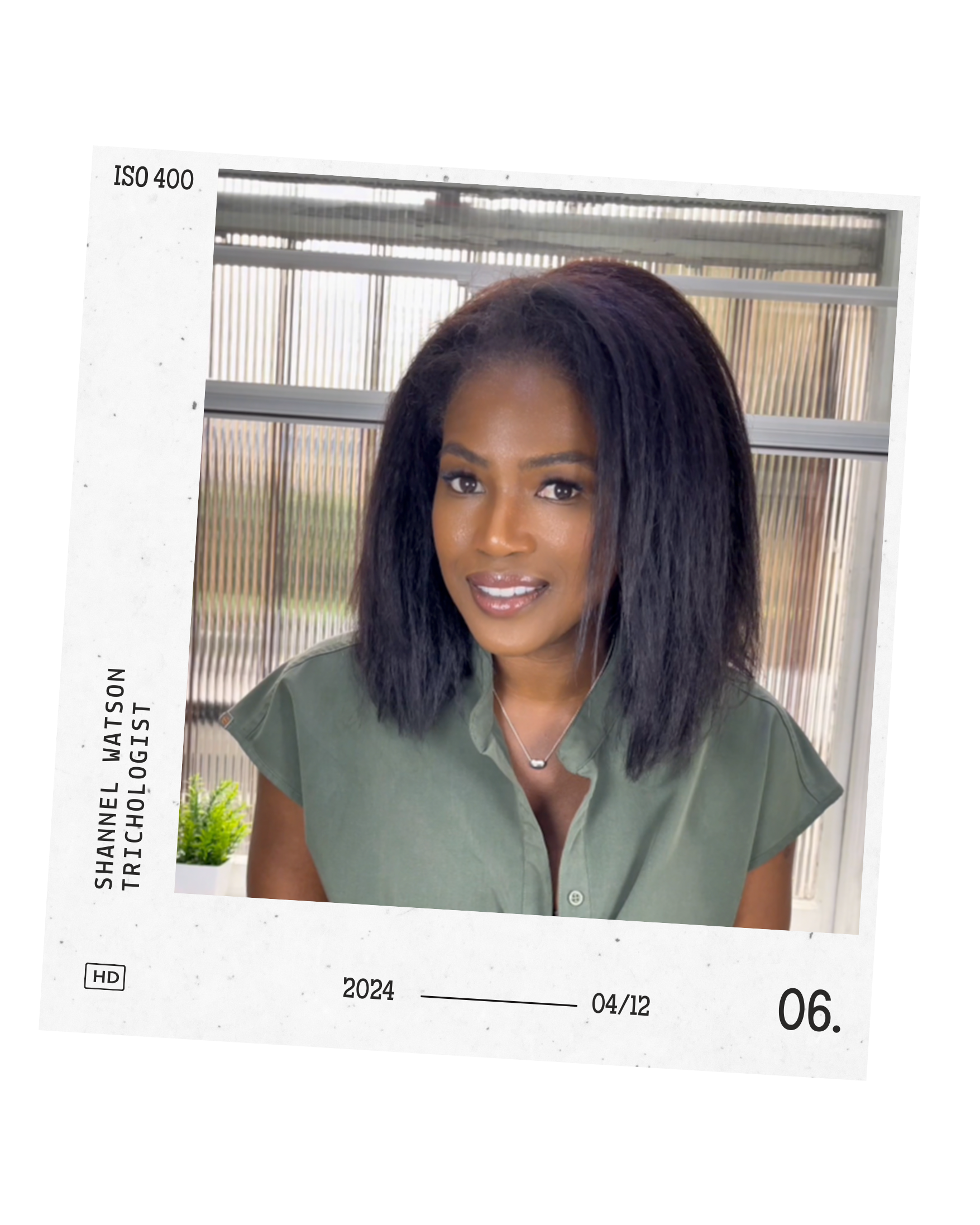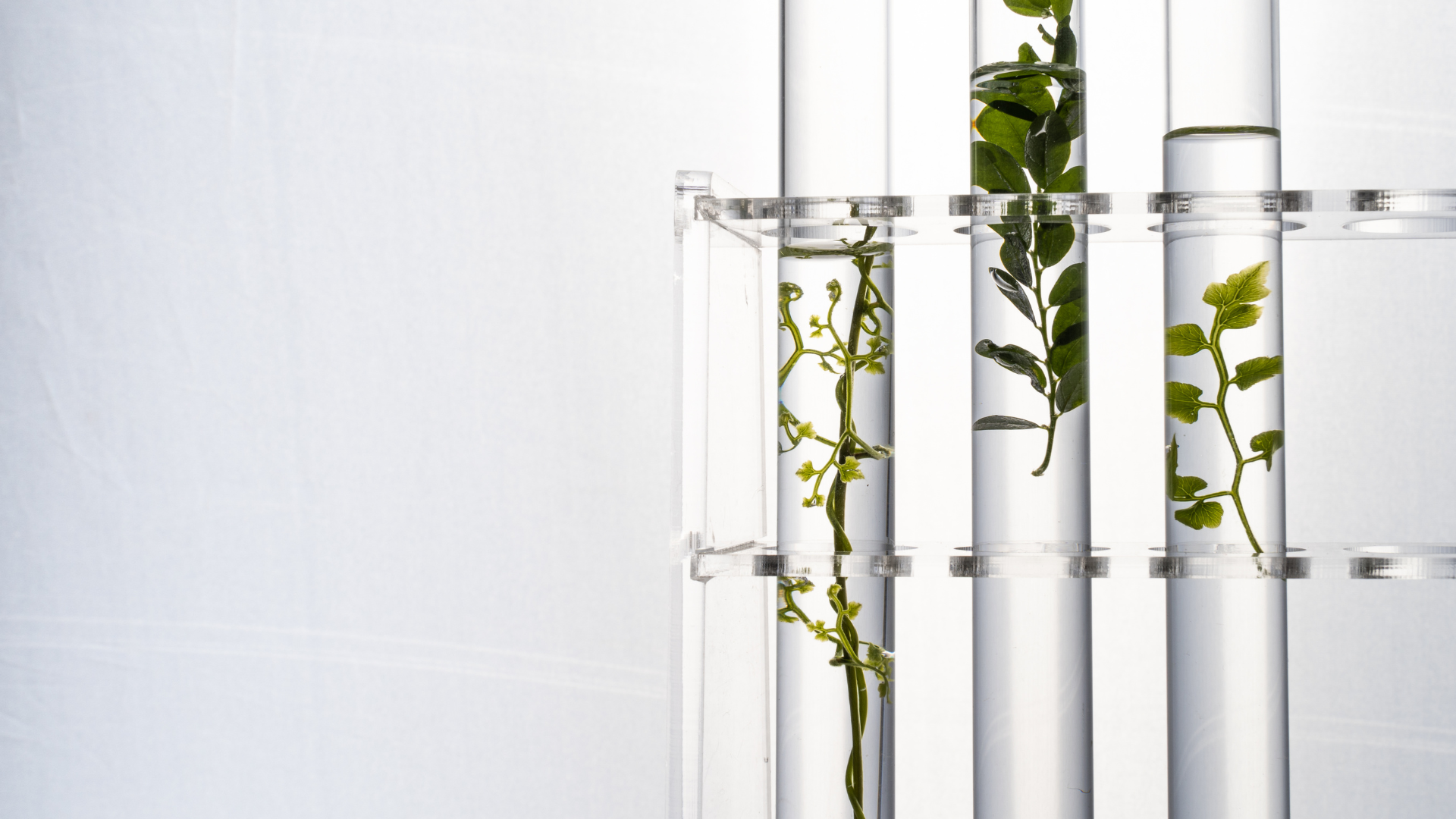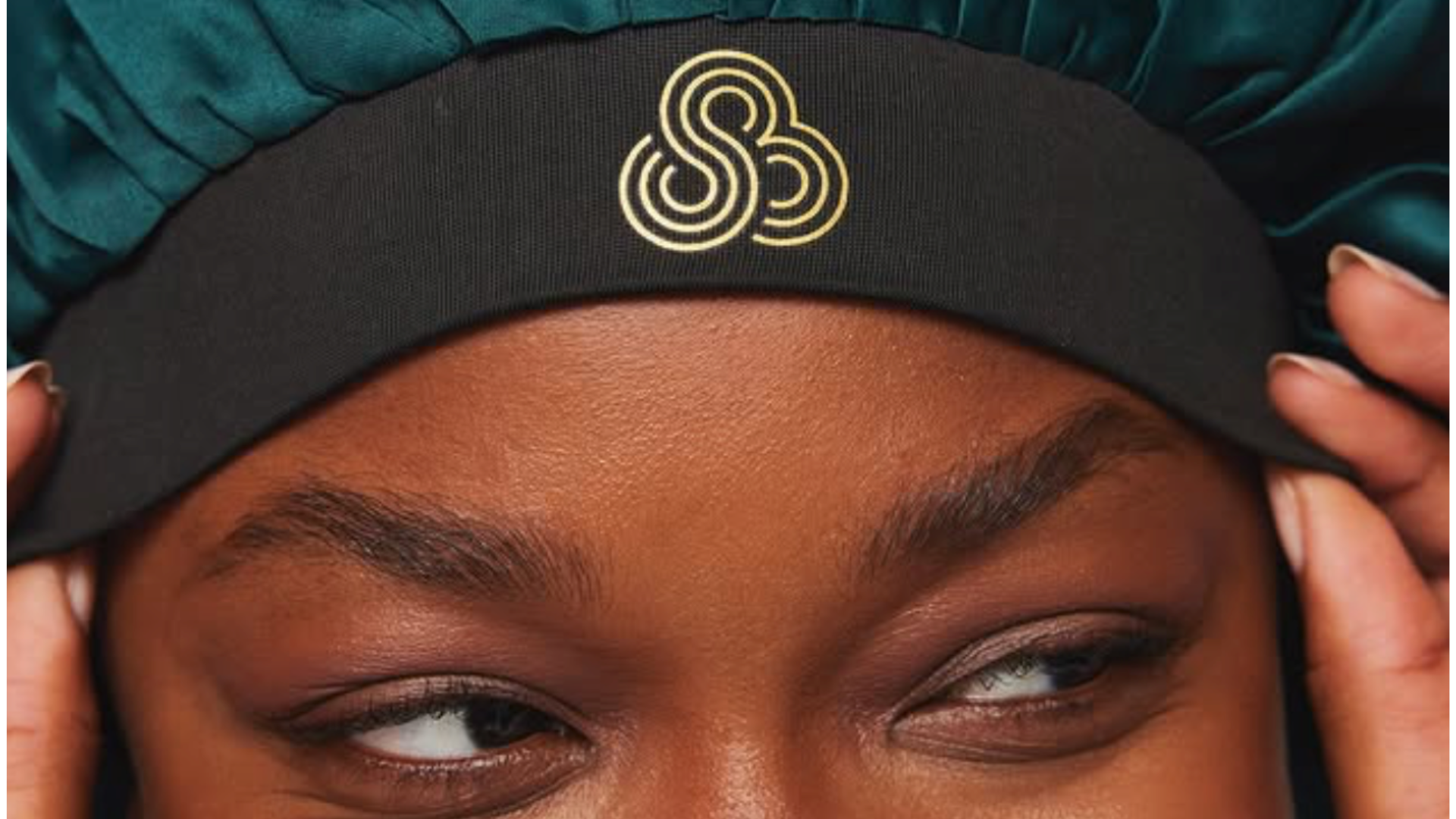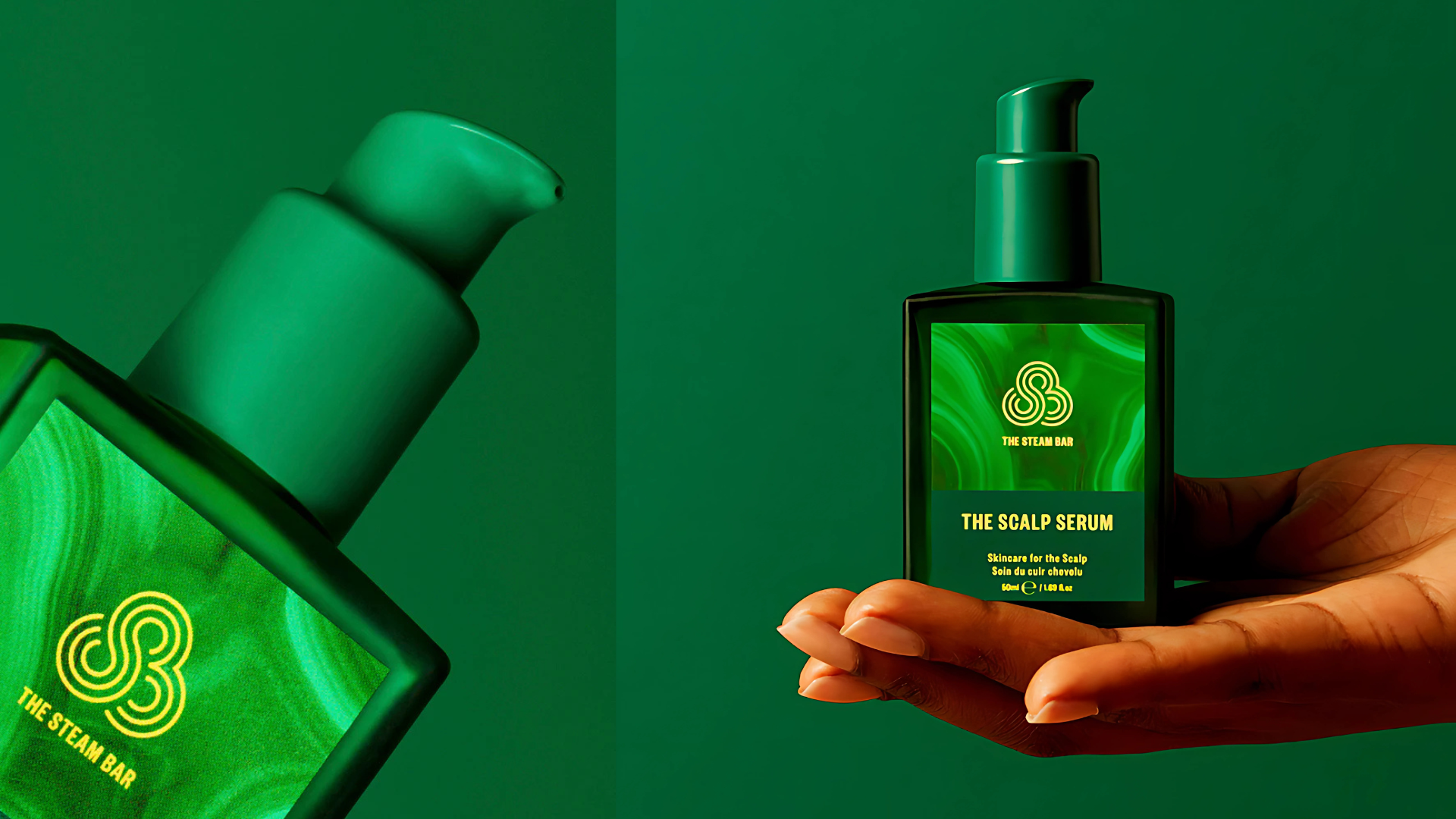COVER STORY: The Truth About Dry, Sensitive Scalps
Flaking. Tightness. That persistent burning itch that worsens after washing. If you’ve been told you just have a “dry scalp,” you’re not alone—and you’re not getting the full picture.
In many cases, these symptoms are not about dryness at all. They’re about a compromised scalp barrier and a disrupted microbial ecosystem—what we now call scalp dysbiosis.
What’s Really Going On?

Your scalp, like the skin on your face, has a barrier made up of lipids, proteins, and microbiota. This barrier keeps moisture in, irritants out, and helps regulate immune activity. But over time, and often through well-meaning habits, this system breaks down.
Washing too often, using clarifying shampoos, or exposing your scalp to heat (from styling tools) and friction (from harsh exfoliation) can all impair this delicate barrier. Once that happens, your scalp begins to lose its ability to self-regulate.
- Moisture escapes too quickly
- Protective oils are stripped
- Good bacteria are depleted
- Opportunistic microbes like Malassezia overgrow
- The immune system becomes overreactive, even to things that should be harmless
The result? A hypersensitive scalp that’s reactive, dry-feeling, and constantly inflamed—but without a clear diagnosis. Unless we address the underlying dysbiosis—not just the symptoms—standard treatments like oils, medicated shampoos, or scalp scrubs can actually make things worse.
A balanced scalp microbiome is essential for maintaining hydration, reducing sensitivity, and supporting overall scalp resilience. When the microbial ecosystem is disrupted, even gentle products can begin to sting, itch, or leave the scalp feeling stripped. But restoring harmony is possible.
Microbiome Balancing Strategies for the Scalp
When the scalp microbiome is disrupted, even in the absence of visible infection, the follicular environment becomes more vulnerable to inflammation, irritation, and thinning. These strategies help restore ecological balance—supporting long-term scalp health without disrupting the skin barrier.
1. Use pH-Balanced, Sulfate-Free Shampoos
Harsh surfactants disrupt microbial diversity and strip the protective acid mantle. Choose formulas between pH 4.5–5.5 that cleanse without over-drying.
2. Avoid Antimicrobial Overload
Frequent use of medicated shampoos, alcohol-based tonics, or antifungal treatments can suppress both harmful and beneficial microbes. Use only when indicated, and cycle with barrier-supportive care.
3. Incorporate Prebiotics & Postbiotics
Ingredients like inulin, α-glucan oligosaccharides, or lactobacillus ferment lysate feed commensal bacteria or support microbial communication. Look for leave-in serums or mists that stabilise the ecosystem without occlusion.
4. Avoid Silicones and Heavy Oils
Non-breathable ingredients—like some silicones and thick oils—can trap heat and moisture on the scalp, creating an environment where yeast and bad bacteria thrive. This is especially important if you wear wigs, scarves, or protective styles. Keep your scalp clean and breathable between styles.
5. Reduce heat exposure
Avoiding direct high heat helps preserve the scalp’s natural lipid barrier, which is essential for moisture retention and protection against irritation. For dry or delicate scalps, using lower heat settings can minimise flaking, redness, and microinflammation that compromise follicle function.
6. Use Clean Towels, Tools & Pillowcases
Reintroducing unwashed fabrics or combs can perpetuate microbial imbalance. Use bamboo or silk pillowcases and wash weekly with non-fragranced detergent. If you use a bonnet or turban at night, use silk instead of satin. We love the Slip pure silk turbans.
Start by simplifying your routine, avoiding harsh ingredients, and incorporating products that support the scalp’s natural barrier and microbial diversity.




